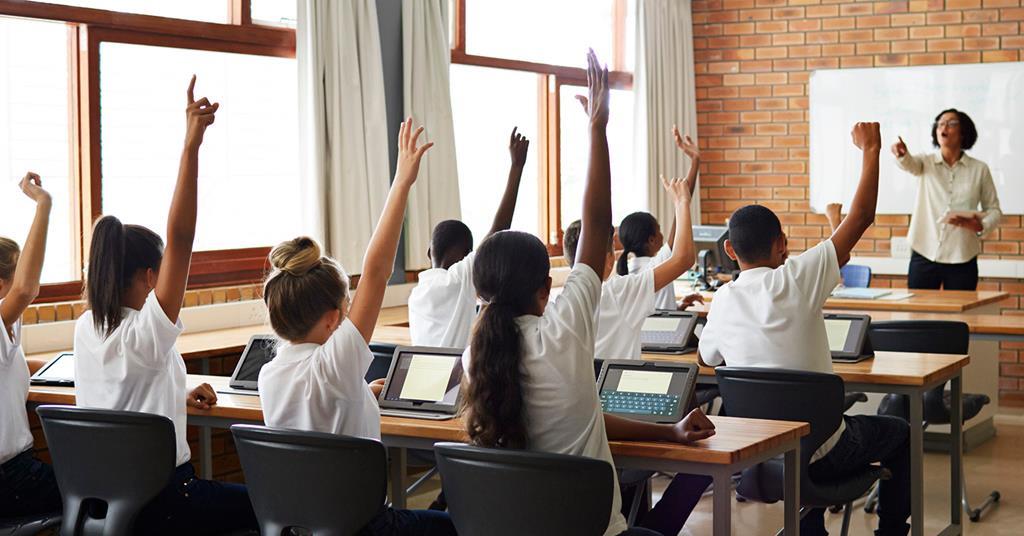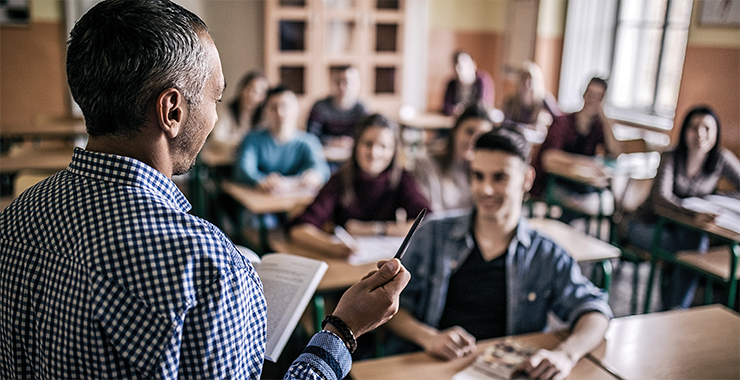Personalized Primary Science Tuition Singapore to Cater to Your Child’s Needs
Personalized Primary Science Tuition Singapore to Cater to Your Child’s Needs
Blog Article
Discovering the Various Training Techniques in Main Scientific Research Education Today
Inquiry-based knowing, hands-on experiments, and the integration of modern technology are redefining how educators involve young minds. In addition, joint approaches and set apart guideline are being utilized to cater to the varied needs of pupils, improving both interaction and understanding.
Inquiry-Based Understanding
Inquiry-Based Understanding (IBL) is a pedagogical approach that urges students to explore clinical concepts through wondering about, investigation, and hands-on testing. This technique emphasizes the role of pupils as energetic participants in their knowing, advertising important reasoning and analytical abilities. By engaging with real-world concerns, trainees end up being interested and inspired, which boosts their understanding of scientific principles.
In IBL, teachers function as facilitators, guiding students as they browse their inquiries as opposed to supplying details straight. This student-centered approach enables distinction, suiting various learning designs and rates. Trainees establish skills in creating theories, designing experiments, and examining data, which are critical for scientific literacy.
Furthermore, IBL cultivates cooperation amongst pupils, urging them to share searchings for and concepts. This collective query promotes social abilities and a feeling of neighborhood within the classroom. In addition, the procedure of inquiry urges strength, as pupils learn to accept failure as a tipping rock toward understanding.
Hands-On Experiments
Hands-on experiments are an essential element of reliable science education, enhancing the concepts of inquiry-based discovering. These experiments permit pupils to engage directly with scientific concepts, cultivating a deeper understanding through experiential discovering. By adjusting products and observing results, young learners can understand abstract concepts in concrete ways.
Such tasks promote essential thinking and problem-solving abilities, as trainees assume end results, conduct experiments, and examine results. This process urges them to ask questions, refine their understanding, and establish a clinical way of thinking. Hands-on experiments can be tailored to diverse understanding styles, making sure that all pupils have the chance to engage meaningfully with the material.
In addition, hands-on experiments typically motivate cooperation among peers, promoting teamwork and communication skills. Operating in teams allows students to share ideas, review searchings for, and learn from each other, which improves their general instructional experience.
Incorporating hands-on experiments right into the primary scientific research educational program not just improves the learning setting yet likewise grows a long-lasting passion in science. By proactively joining their education, students are most likely to establish an interest for scientific query that expands past the classroom.

Technology Assimilation
Incorporating innovation right into key science education and learning has come to be increasingly vital in promoting trainee engagement and boosting finding out outcomes. The use of digital devices, such as interactive simulations, online laboratories, and instructional software application, supplies trainees with chances to explore clinical principles in innovative methods. These resources promote a much deeper understanding of intricate subjects by enabling students to imagine and control variables that would certainly be unwise in a typical classroom setup.
Furthermore, technology integration urges customized discovering experiences. Pupils can progress at their own rate, taking another look at challenging concepts with multimedia sources, which satisfy various knowing designs. This adaptability not only sustains specific development however likewise cultivates a sense of autonomy in learners.
In addition, modern technology works as a bridge to real-world scientific research, attaching pupils with current research and expert payments. Accessibility to clinical journals and on-line databases expands students' viewpoints on scientific query and promotes vital thinking skills.
Collaborative Discovering
Collaborative discovering plays an essential role in main science education by cultivating teamwork and communication abilities among students. This method encourages learners to interact, share understanding, and involve in analytic, which enhances their understanding of clinical ideas. By joining team activities, pupils find out to verbalize their ideas, listen to diverse perspectives, and bargain services, all of which are crucial abilities in both scholastic and real-world contexts.

Study suggests that collaborative understanding can bring about raised inspiration and interaction in scientific research subjects, as pupils find satisfaction in shared experiences (primary science tuition Singapore). In addition, this method prepares trainees for future collective undertakings, furnishing them with the skills essential for reliable synergy in greater education and specialist settings. Ultimately, welcoming collaborative knowing in primary science education and learning can substantially enrich the learning experience and advertise a much deeper understanding of clinical inquiry
Separated Instruction

Set apart direction can materialize in different ways, such as differing the web content, procedures, or products of learning. For example, teachers might make use of tiered assignments that give differing levels of intricacy, permitting pupils to function at their particular preparedness degrees. Furthermore, versatile grouping techniques can facilitate collaboration among trainees with different abilities, promoting peer discovering.
Assessment plays a crucial function in this strategy, as it informs direction and aids teachers comprehend each student's one-of-a-kind site link requirements. Developmental evaluations, such as monitorings and quizzes, can assist instructors in adjusting their methods to enhance discovering end results. primary science tuition Singapore. Ultimately, by implementing distinguished instruction in primary science education and learning, instructors can cultivate an extra efficient and equitable discovering atmosphere, equipping all pupils to reach their full potential in comprehending scientific sensations
Final Thought
In recap, the diverse teaching strategies in primary science education, consisting of inquiry-based discovering, hands-on experiments, innovation assimilation, joint knowing, and differentiated guideline, collectively add to an extra reliable learning atmosphere. These approaches promote crucial thinking, analytic skills, and a much deeper comprehension of scientific ideas. By carrying out these approaches, teachers can produce encouraging and appealing classrooms that address the different needs of students, inevitably cultivating a lifelong passion in scientific research and enhancing scholastic success.
Inquiry-Based Knowing (IBL) is an instructional strategy that motivates trainees to check out clinical concepts with doubting, investigation, and hands-on trial and error.Joint understanding plays a vital duty in primary scientific research education by fostering teamwork and communication abilities among trainees.Research study suggests that collective discovering can lead to enhanced motivation and engagement in science subjects, as trainees find enjoyment in shared experiences.In fostering an inclusive discovering atmosphere, differentiated guideline emerges as an essential method to suit the diverse needs and capacities of trainees in primary scientific research education. Eventually, by carrying out separated guideline in key scientific research More Info education and learning, educators can cultivate a more fair and efficient understanding environment, empowering all students to reach their complete possibility in recognizing clinical sensations.
Report this page